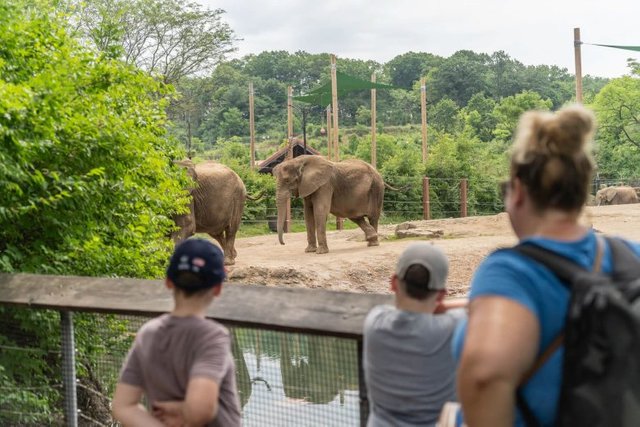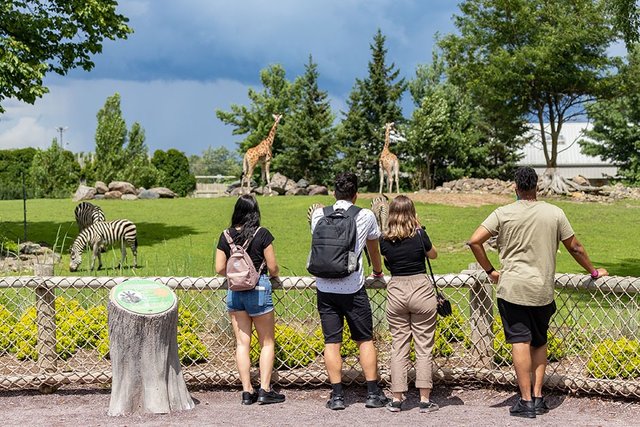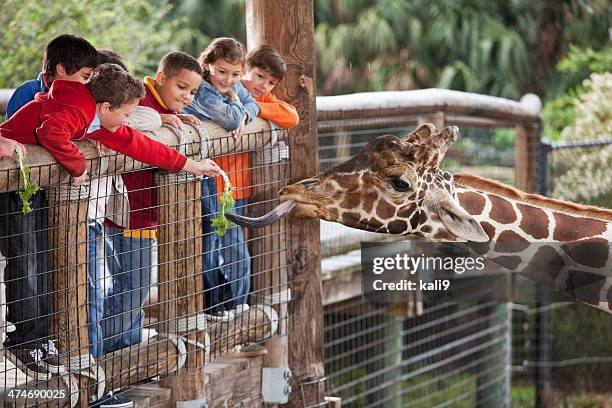Zoo
A zoo, short for "zoological park" or "zoological garden," is a facility in which animals are housed within enclosures and displayed to the public. Modern zoos often aim to combine entertainment, education, and conservation. They provide an opportunity for people to observe a wide range of animal species from different parts of the world, including mammals, birds, reptiles, amphibians, and even insects.
History of Zoos
Zoos date back to ancient times when rulers would keep collections of exotic animals as symbols of wealth and power. The oldest known zoo was established around 1500 B.C. in Egypt. However, the first modern zoo, designed with the purpose of scientific study and public education, was founded in 1752 in Vienna, Austria, and still exists today. The concept evolved significantly, with the London Zoo, established in 1828, becoming one of the most famous examples.
Purpose of Zoos
Initially, zoos focused on showcasing animals for public entertainment. However, with growing awareness of environmental conservation, many zoos have shifted their focus toward education, research, and the protection of endangered species. Zoos now serve several key purposes:
- Conservation: Zoos play a critical role in conserving endangered species through breeding programs and by offering a safe environment for species that are at risk in the wild due to habitat loss, poaching, and climate change.
- Education: Zoos aim to educate the public about the importance of wildlife conservation and biodiversity. Many zoos offer educational programs, workshops, and tours to raise awareness about environmental issues.
- Research: Zoos provide a controlled environment where scientists can study animal behavior, reproduction, and biology, helping to increase our understanding of various species.
- Rehabilitation: Some zoos are involved in rescuing injured or orphaned wild animals and providing them with care, with the goal of releasing them back into the wild if possible.
Zoo Enclosures and Ethics
Modern zoos strive to create more naturalistic environments for animals, mimicking their native habitats. They provide enrichment activities, such as puzzles and interactive objects, to stimulate the animals' physical and mental well-being. However, there are ongoing ethical debates regarding the captivity of animals. Critics argue that even the best enclosures cannot replicate the complexity of a wild habitat, and the stress of captivity can affect the animals' behavior.
Types of Zoos
There are different types of zoos, each with a unique focus:
Urban Zoos: Found in cities, urban zoos often have limited space but try to maximize the visitor experience with a range of species.
Safari Parks: These allow animals to roam freely in larger enclosures, giving visitors a more natural experience.
Aquariums: These are specialized zoos that focus on aquatic species.
Wildlife Reserves and Sanctuaries: Though not traditional zoos, these places focus on animal conservation and rehabilitation in large, semi-wild settings.
Challenges Fac



